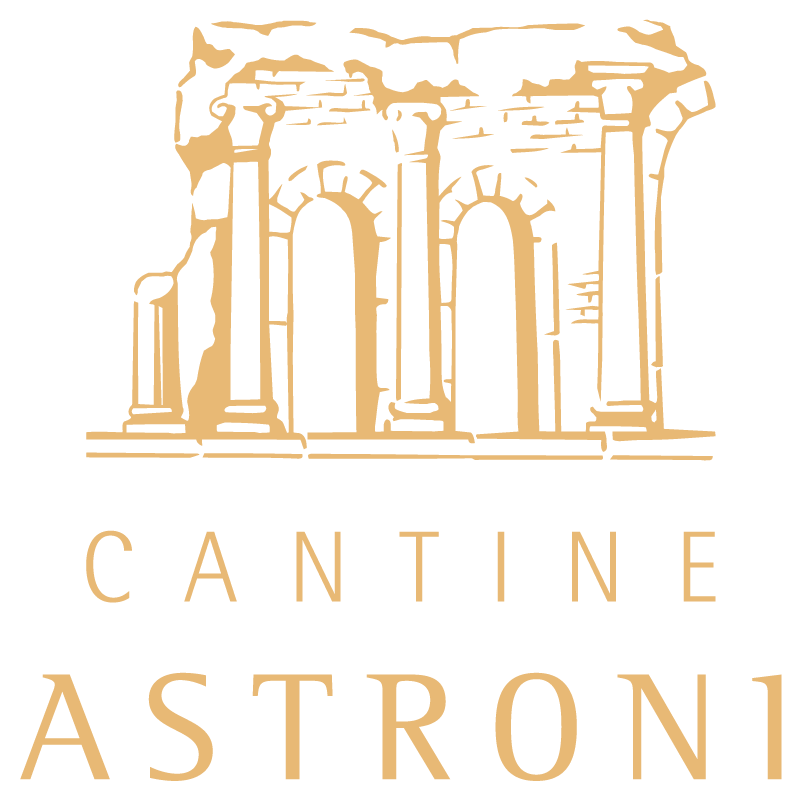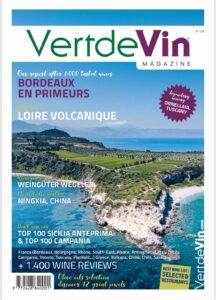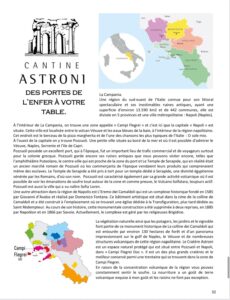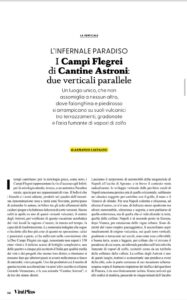Around the ancient southern Italian town, unique native wines are made amid still-active volcanoes
The first morning I woke in western Naples’ Campi Flegrei area, the view from my hotel terrace seemed paradisiacal.
Looking down the verdant hillsides, I took in the late-summer panorama of the glistening Gulf of Naples framed by the islands Capri and Ischia.
Then I noticed the smell: A putrid odor of rotten eggs seemed to have crept in on the morning breeze.
I quickly learned from other guests that this was not the fault of bad plumbing or pollution, but is the natural calling card of one of Europe’s largest active volcanic zones.
The Campi Flegrei (or Phlegraean Fields) is one giant smoldering super-volcano, with dozens of craters spread over about 80 square miles—much of that within the densely populated city limits of Naples, one of Europe’s most historic and chaotic metropolises. In the nearby countrysides are craters that look like large mining pits, where fumaroles release potent-smelling sulfurous gas.
Talk about volcanic terroir! In recent years, volcanic soils have become a hot topic in wine. But aside from Sicily’s Mount Etna, many of these so-called volcanic places haven’t been active for thousands of years.
At the other end of the spectrum of activity, Campi Flegrei is in a class of its own.
“This is not like Etna where you look up and see the volcano. Here you live in the volcano,” declares Gerardo Vernazzaro, the 46-year-old winemaker at his family’s Cantine Degli Astroni winery, named after the spent crater—now covered in forest and turned into a nature reserve—that sprawls miles below its oldest vineyard.
Naturally, there is a kind of fatalism here. Predictions are that one day it will catastrophically all blow up again. The last big eruption here, nearly 500 years ago, created the 430-foot Monte Nuovo over one week, and that mountain has slowly grown in height over the last 50 years. The once-chic Roman resort of Baiae, where Julius Caesar had a getaway, sunk into the sea following a seismic shift after the fall of the Empire. It’s now an underwater archaeological park.
Perhaps because the earth moves so much here, Campi Flegrei wines—principally the light Piedirosso reds and the local version of the white variety Falanghina—tend to be drunk quickly and locally.
“The wines here were born with the concept of carpe diem,” says Vernazzaro. “The idea is: Better an egg today than a hen tomorrow.”
https://www.winespectator.com/articles/naples-volcanic-wines: Naples’ Volcanic Wines



